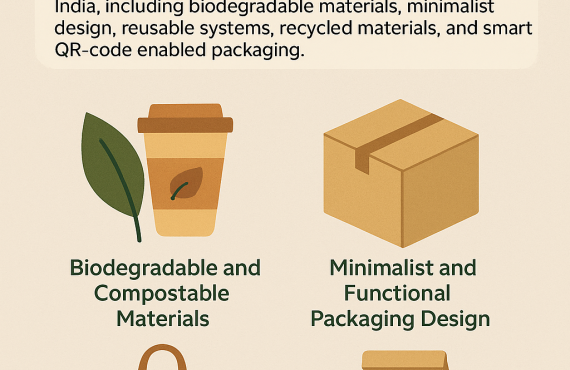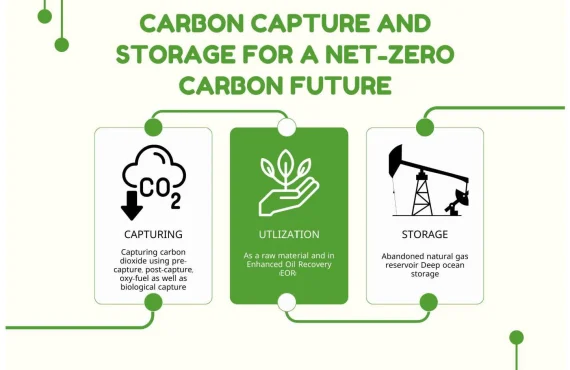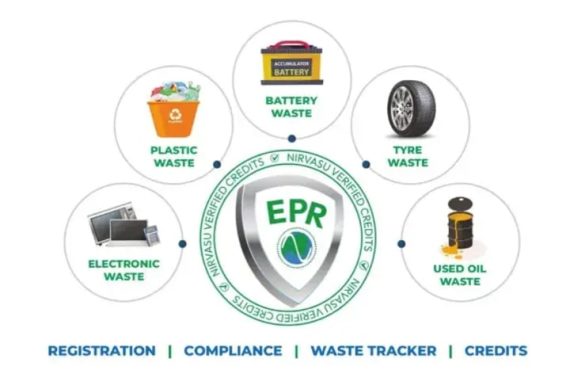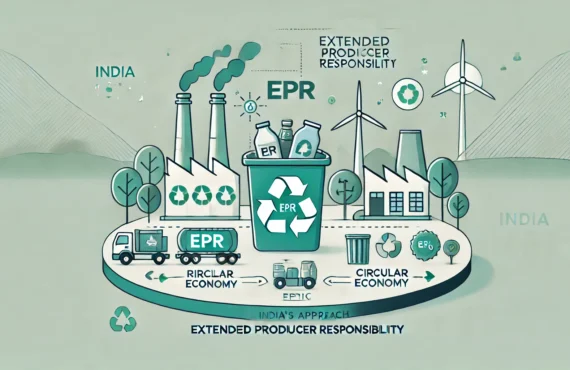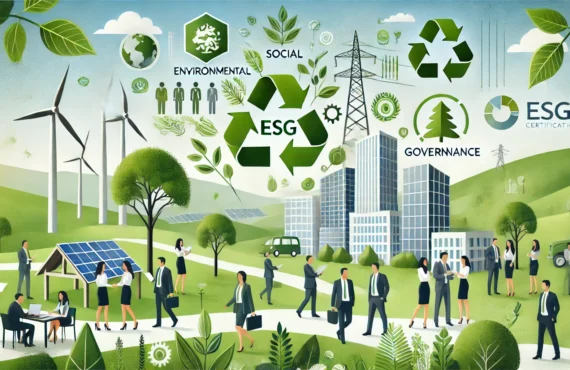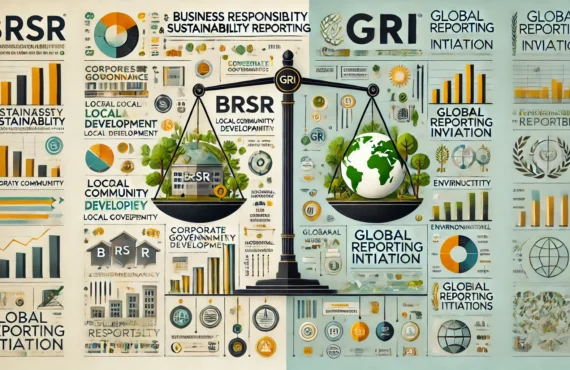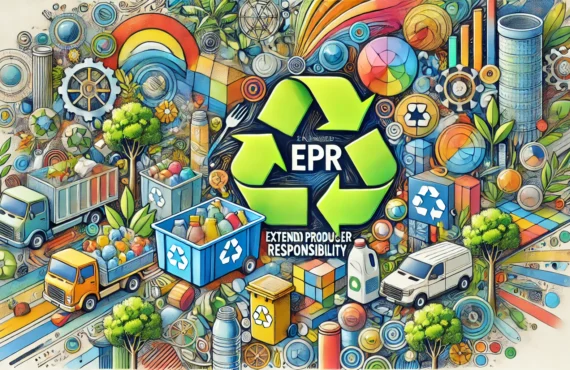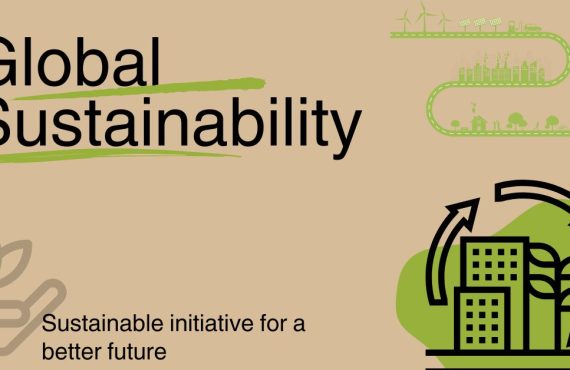Are EVs Truly Zero Emission? Unpacking Their Full Environmental Impact
Electric vehicles (EVs) have emerged as a cornerstone of the global shift toward clean transportation. Marketed as “zero-emission” alternatives to gasoline-powered cars, EVs have gained traction for their potential to combat climate change. However, the reality is more nuanced. While they produce no tailpipe emissions, the entire lifecycle of an EV—from raw material extraction to manufacturing, energy consumption, and disposal—reveals a broader environmental footprint. To understand the true impact of EVs, we must analyze each stage in depth.
The Myth of Zero Emissions
The term “zero-emission vehicle” primarily refers to the fact that EVs do not emit exhaust gases while driving. This distinction is important, but it does not account for emissions generated during their production, electricity generation, and eventual disposal. EVs may have a lower overall carbon footprint than internal combustion engine (ICE) vehicles, but they are not entirely free from environmental consequences.
The Environmental Cost of Battery Production
A key environmental concern related to EVs is the production of lithium-ion batteries, which are essential for their operation. The extraction of minerals such as lithium, cobalt, and nickel is energy-intensive and environmentally damaging. Mining operations lead to habitat destruction, soil degradation, water pollution, and high carbon emissions. Additionally, cobalt mining in countries like the Democratic Republic of Congo raises ethical concerns, including child labor and hazardous working conditions.
Efforts are being made to reduce dependency on scarce minerals by developing alternative battery chemistries, such as solid-state batteries and sodium-ion batteries. However, these technologies are still in the early stages of development.
The Electricity Source Factor
The environmental benefits of EVs are closely tied to how electricity is generated in a given region. Charging an EV with power derived from renewable energy sources like solar, wind, or hydroelectricity results in a significantly lower carbon footprint. However, in areas where coal, oil, or natural gas dominates the electricity mix, the overall emissions associated with charging an EV can be substantial.
For EVs to truly contribute to sustainability, energy grids must transition to cleaner sources. Countries investing heavily in renewable energy are maximizing the environmental benefits of EV adoption, while regions reliant on fossil fuels may not experience the same level of emissions reduction.
Comparing Lifecycle Emissions
Lifecycle emissions assessments compare the total greenhouse gas emissions of different vehicle types, including manufacturing, operation, and disposal. While EVs generally have higher emissions during production due to battery manufacturing, they offset this impact through greater energy efficiency over time. Studies indicate that EVs can reduce overall emissions by up to 50% compared to ICE vehicles, depending on the energy mix used for charging.
Additionally, EVs have fewer moving parts than gasoline-powered cars, which means lower maintenance-related emissions. No oil changes, fewer brake replacements, and reduced wear-and-tear contribute to a smaller carbon footprint over the vehicle’s lifespan.
Recycling and the Sustainability Challenge
One of the major concerns surrounding EV sustainability is battery disposal. Currently, battery recycling infrastructure is still developing, and inefficient recycling practices could lead to significant waste accumulation. The challenge lies in extracting valuable materials from used batteries while minimizing environmental harm.
However, new technologies and business models, such as second-life applications for EV batteries, are emerging. Used EV batteries can be repurposed for energy storage in homes and commercial buildings, extending their usefulness beyond their automotive lifespan. Companies and researchers are also working on closed-loop recycling systems to recover critical materials and reintegrate them into new battery production.
Air Pollution and Health Benefits
While the debate over EV sustainability often focuses on carbon emissions, it’s also important to consider their impact on air quality. Unlike ICE vehicles, EVs do not emit nitrogen oxides (NOx), particulate matter (PM), or other harmful pollutants that contribute to respiratory diseases and poor air quality in urban areas. Cities with higher EV adoption rates experience cleaner air, reduced smog, and improved public health outcomes.
The Road Ahead for Clean Transportation
Despite challenges, EVs represent a major advancement in sustainable mobility. The industry is continuously evolving, with ongoing research aimed at improving battery efficiency, reducing reliance on rare earth materials, and enhancing recycling capabilities. Additionally, governments and private companies are working together to expand charging infrastructure, making EV adoption more practical and accessible.
Key Areas for Improvement:
- Enhancing battery technology: Developing more sustainable and efficient battery alternatives.
- Expanding renewable energy adoption: Reducing reliance on fossil fuel-generated electricity.
- Improving battery recycling: Implementing better recycling processes and second-life applications.
- Developing ethical and sustainable mining practices: Ensuring responsible sourcing of raw materials.
Conclusion: A Step Toward a Greener Future
EVs are not entirely zero-emission, but they are a significant improvement over conventional vehicles in terms of reducing greenhouse gas emissions and air pollution. Their overall environmental impact depends on multiple factors, including battery production, electricity sources, and recycling efficiency.
While challenges remain, continued advancements in technology, policy, and infrastructure will make EVs even more sustainable in the future. The shift toward electrification is not a perfect solution, but it is a crucial step toward cleaner, healthier, and more sustainable transportation for future generations.




